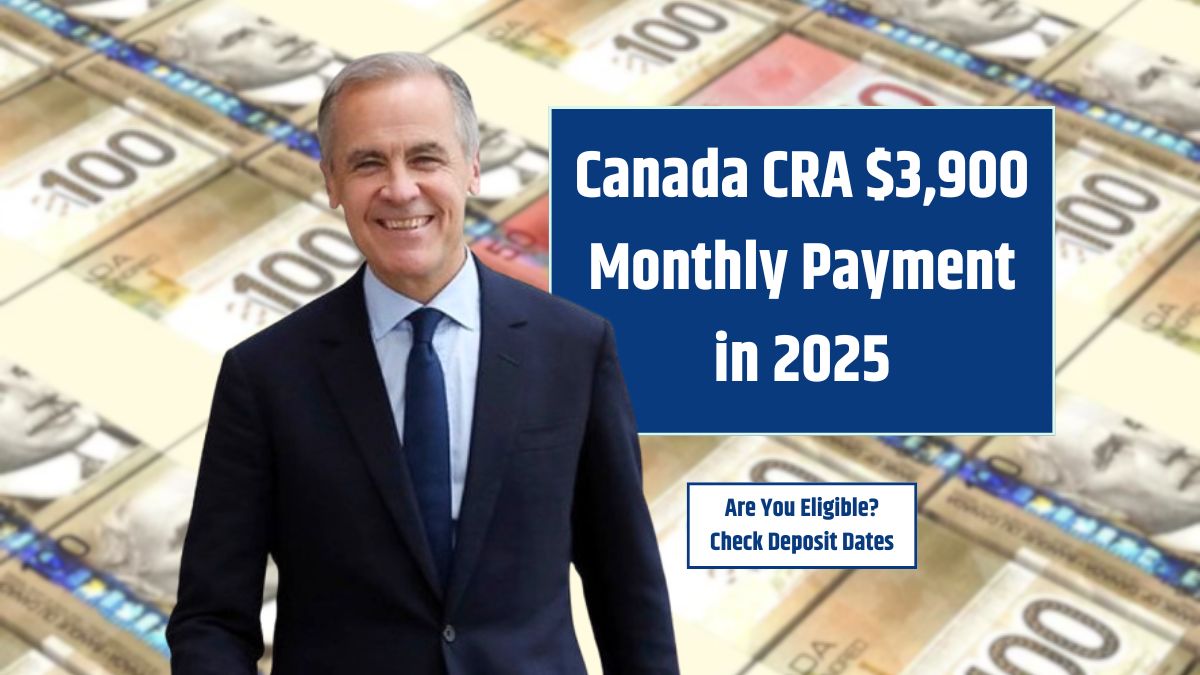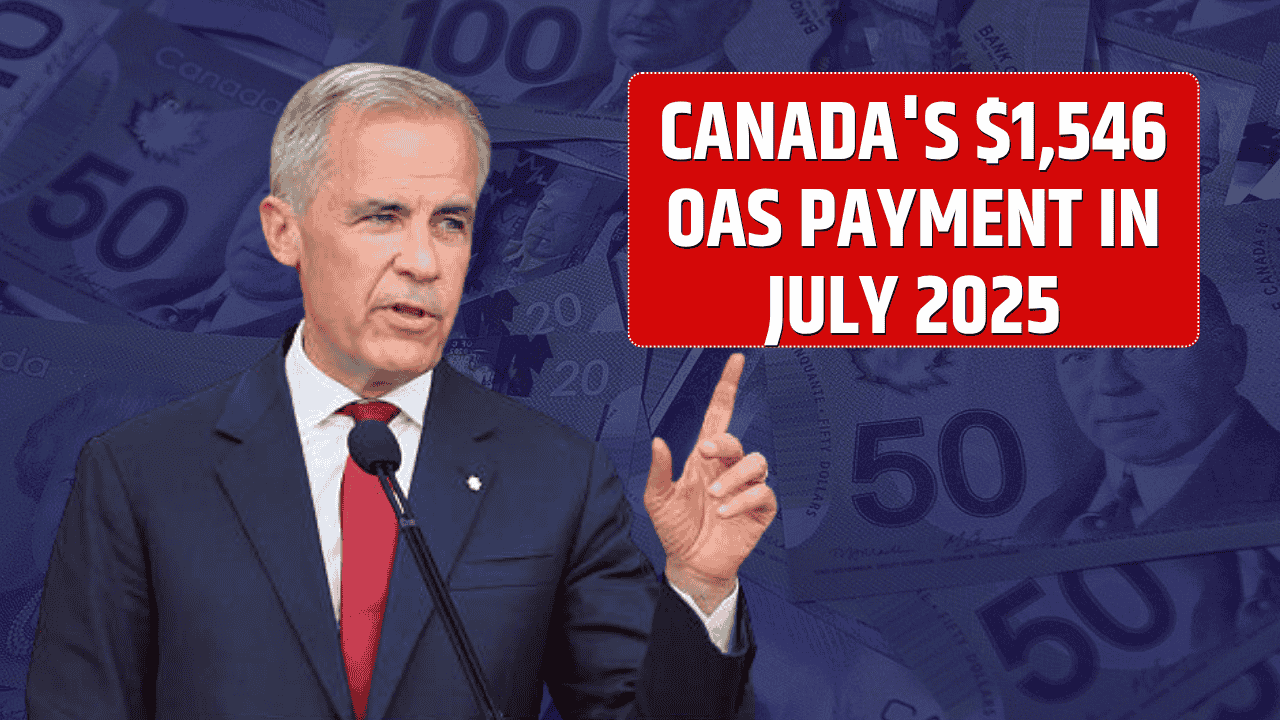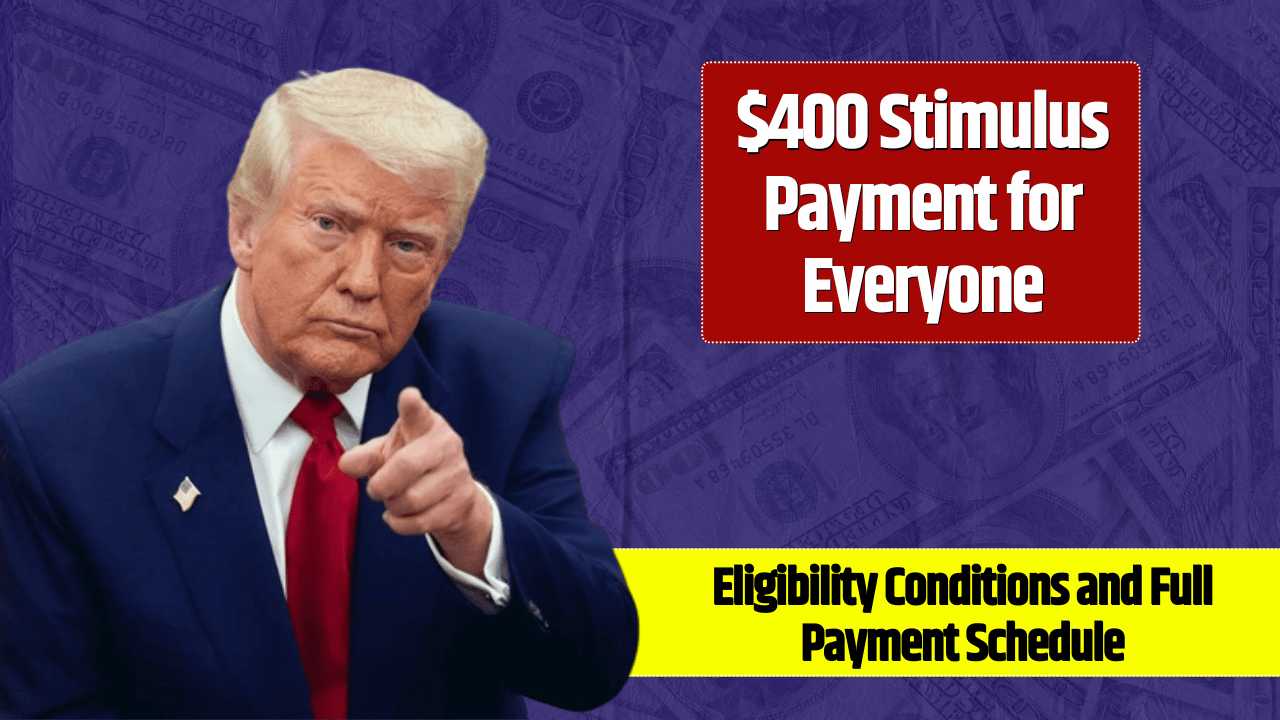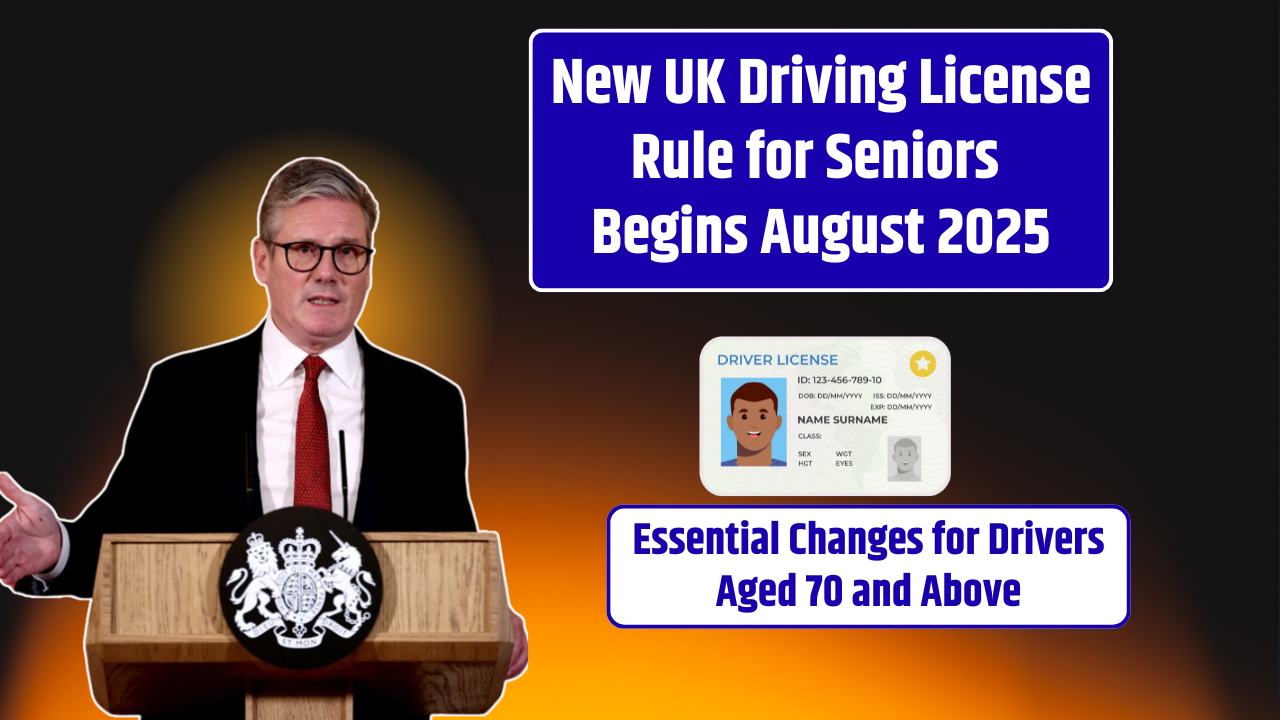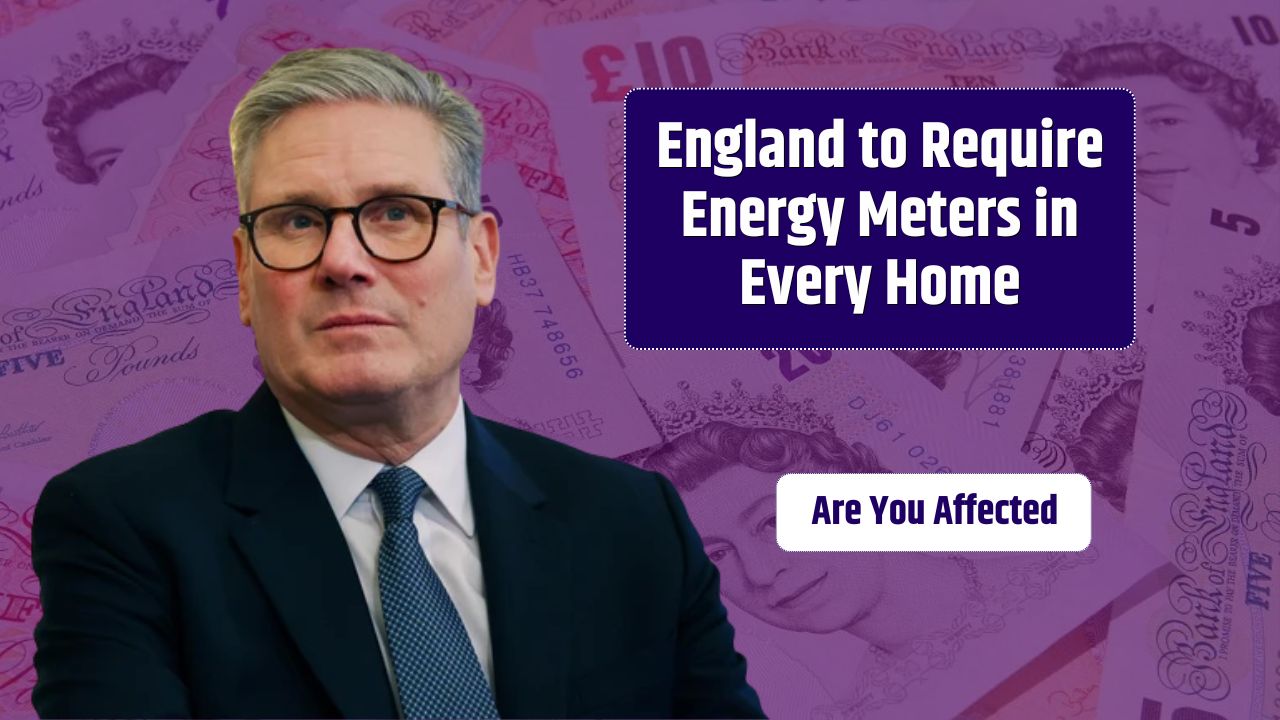Writing a strong evaluation report is essential for informing policymakers, stakeholders, and the public about the effectiveness of federal programs. Whether it’s for education, health, workforce development, or environmental policy, a well-structured evaluation report not only presents findings but also builds transparency, accountability, and trust. Following federal guidelines helps ensure consistency, rigor, and utility in evaluation reporting.
Here’s how to write a good evaluation report that meets federal standards and serves its purpose effectively.
Table of Contents
What Is an Evaluation Report?
An evaluation report is a formal document that presents the methods, findings, conclusions, and recommendations from a program evaluation. In the federal context, these reports are often required under laws like the Foundations for Evidence-Based Policymaking Act of 2018 and are used to support budgeting, strategic planning, and performance improvement.
Key Elements of a Federal Evaluation Report
Federal agencies typically follow the Office of Management and Budget (OMB) guidance, as well as internal policies and the standards outlined by the American Evaluation Association (AEA). While formats may vary, a strong federal evaluation report generally includes:
| Section | Description |
|---|---|
| Executive Summary | Concise overview of purpose, methods, key findings, and recommendations |
| Introduction | Program background, evaluation purpose, scope, and audience |
| Evaluation Questions | Specific questions the evaluation was designed to answer |
| Methodology | Data sources, sample, design, analysis methods, limitations |
| Findings | Clear, objective presentation of data with visuals and narrative explanations |
| Conclusions | Interpretation of findings in context; lessons learned |
| Recommendations | Actionable suggestions for improvement, based on evidence |
| Appendices | Detailed data tables, instruments, glossary, or technical notes |
Step-by-Step Guide to Writing a Federal Evaluation Report
1. Define the Purpose and Audience
Clarify the evaluation’s purpose: is it formative (to improve the program), summative (to assess outcomes), or compliance-related? Identify the primary users—Congress, agency leadership, grantees, or the public—and tailor the report’s tone and depth accordingly.
2. Align with Federal Evaluation Standards
Follow OMB guidelines (e.g., OMB Circular A-11, Section 290) which emphasize:
- Transparency: Disclose methods, assumptions, and limitations.
- Relevance: Align with strategic goals or performance objectives.
- Rigor: Use appropriate methods for causal inference and data quality.
- Independence: Ensure the evaluation is free from conflicts of interest.
3. Be Methodologically Clear and Honest
Detail your evaluation design—experimental, quasi-experimental, qualitative, or mixed methods. Clearly state sample size, data sources, instruments, and analytical techniques. Acknowledge limitations openly (e.g., response bias, missing data, small sample).
4. Present Data Accessibly
Use tables, graphs, and maps to summarize findings. Interpret statistical results in plain language. Include disaggregated data by race, gender, geography, or income, especially when evaluating equity impacts.
5. Draw Practical, Evidence-Based Conclusions
Go beyond description to interpret what the results mean. Were goals met? What might explain unexpected findings? Avoid overstating results, especially in cases of weak statistical power or mixed evidence.
6. Make Actionable Recommendations
Recommendations should be feasible, prioritized, and clearly linked to findings. Federal agencies often appreciate recommendations that support program improvement without requiring major structural or legislative changes.
7. Ensure Accessibility and Clarity
- Use plain language to make the report understandable to non-technical readers.
- Include a table of contents, headings, and visuals to improve navigation.
- Follow Section 508 compliance for digital accessibility (e.g., screen-reader compatibility).
8. Review, Revise, and Peer Review
Engage technical reviewers or external experts to validate the methodology and findings. Incorporate feedback from stakeholders while preserving evaluator independence.
Common Pitfalls to Avoid
- Too technical or too vague: Aim for balance—rigorous enough for credibility, but readable enough for utility.
- Buried key findings: Highlight your most important takeaways upfront, not buried deep in the text.
- Unclear logic: Ensure your conclusions and recommendations clearly flow from your findings.
- Ignoring limitations: Transparency builds trust. Address caveats directly.
- Lack of follow-through: A report is only valuable if it informs decisions. Include a dissemination and action plan when possible.
Example: Evaluation of a Workforce Development Program
A Department of Labor evaluation report might include:
- Purpose: Assess whether training programs improved employment outcomes
- Evaluation Questions: Did participants see increased wages? How did outcomes differ by region?
- Methodology: Quasi-experimental design with matched comparison groups
- Findings: Significant wage gains among participants in high-demand fields
- Recommendations: Expand partnerships with local employers and improve program tracking systems
FAQs
Are evaluation reports made public?
Yes, under the Evidence Act, most federal evaluation reports must be published on agency websites or evaluation repositories.
What makes a report “federal-quality”?
It adheres to OMB guidelines, uses appropriate methods, is transparent about limitations, and provides actionable insights.
Do I need an advanced degree to write an evaluation report?
While technical expertise is important, strong communication skills and program knowledge are equally critical. Many reports are team efforts.






